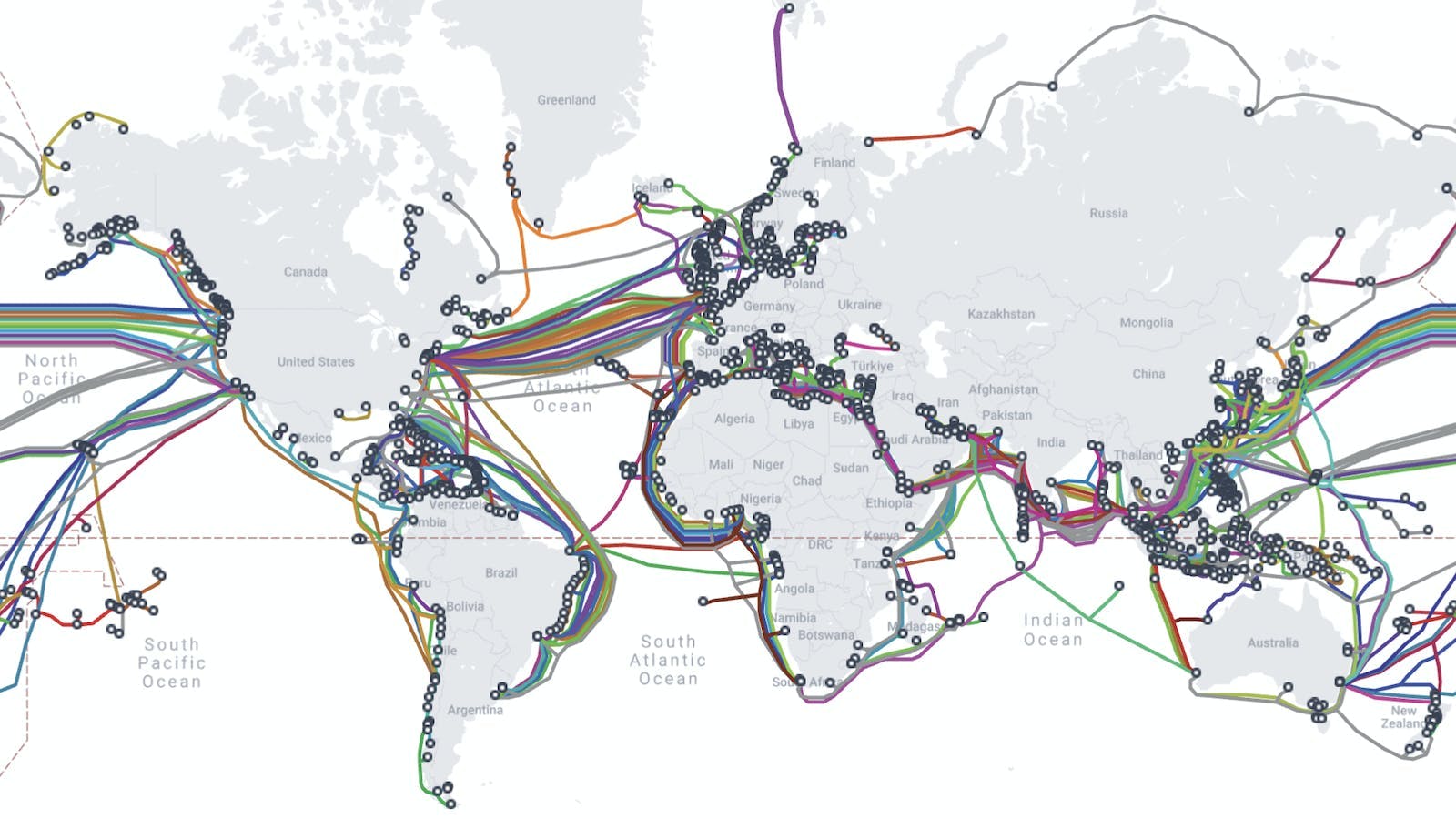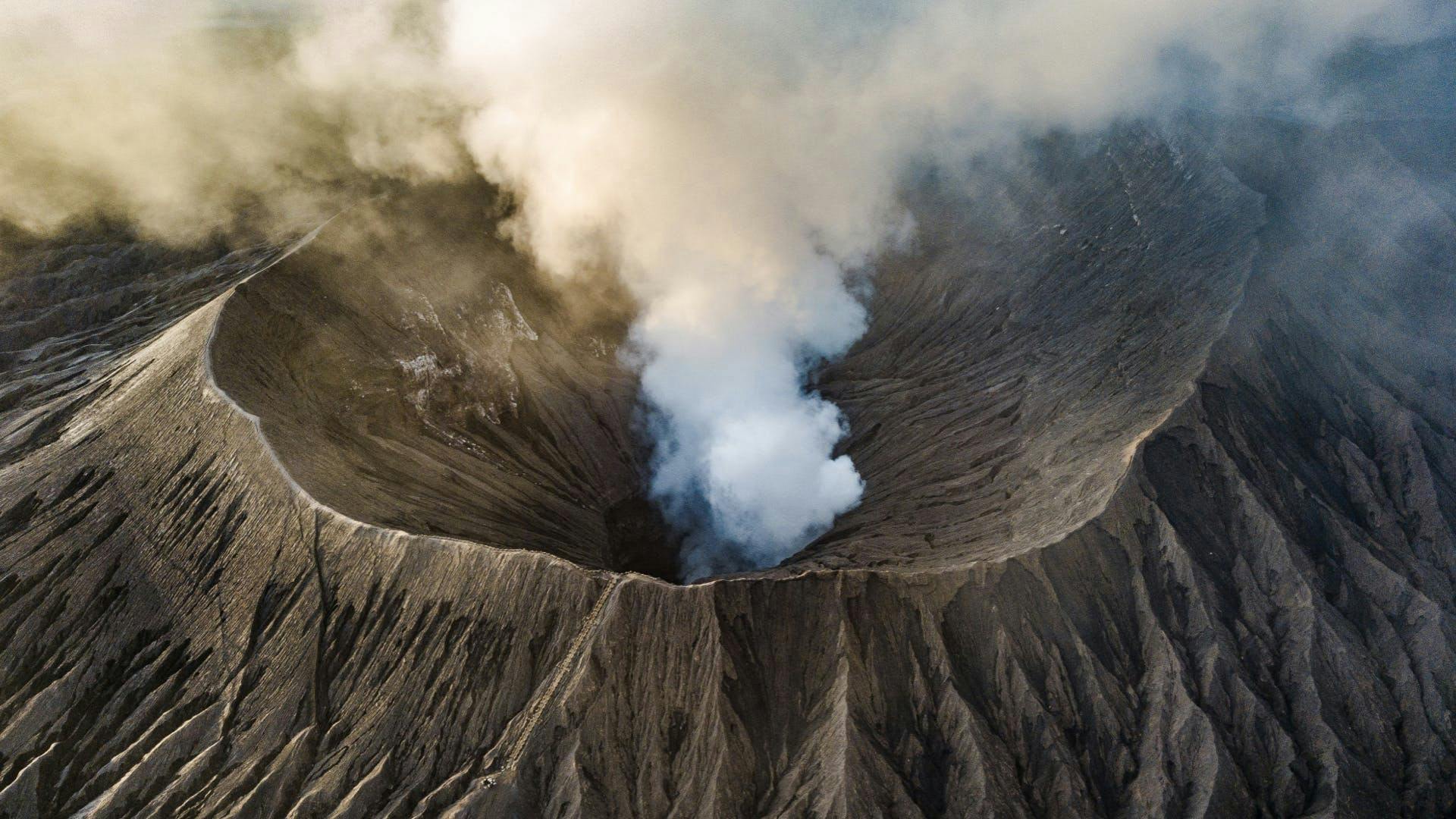From the ocean floor to your screen: submarine cables and the internet
- 9 months ago
- 5 min read
While most of us now largely experience the internet through Wi-Fi and mobile phone data plans, those systems eventually link up with physical cables that carry the information across continents and oceans. Today we’re taking a deep dive to discover the physical infrastructure of the internet, hidden beneath the sea.
We already showed you how data centers power the web. But if they are not connected, there is no web. That's where the submarine cables come into play. All your digital information is passing through these undersea cables, travelling hundreds of thousands of kilometers in mere fractions of a second. This infrastructure forms the backbone of our digital lives, but for most people it remains largely unseen and unconsidered.
Submarine cables are connecting the world
Without this extensive cable network, there wouldn't be a functioning global internet. Undersea fiber optic cables crisscross the seabeds, connecting coastal data centers to ensure fast data transfer around the world.
Globally, there are currently 485 undersea cable systems in service and another 70 planned for construction (Figure 1). Multiple cables often follow similar routes, providing redundancy in case of cable faults or breaks. The longest cable to date is called the SEA-ME-WE 3. It connects, as the acronym suggests, South-East Asia, the Middle East and Western Europe, and stretches 24,233 miles (39,000 kilometers).
But even that impressive length will soon be surpassed with the completion of the 2Africa project in 2024. The 27,961 mile (45,000 kilometer) long 2Africa cable will connect 33 countries on 3 continents; Africa, Europe and Asia, linking over three billion people.

Planning, building and deploying a new cable system is an enormously complex and expensive undertaking, costing up to US$ 500 million and can take several years.
Until recently, telecommunications companies were laying down most of the cables. But over the past decade, big tech giants have started taking more control. Google alone privately owns six cable systems and has invested in an additional 19 subsea cables. Amazon, Meta, and Microsoft have invested in their fair share of cable networks too. Planning, building and deploying a new cable system is an enormously complex and expensive undertaking, costing up to US$ 500 million and can take several years.
Before a cable can be laid, the sea floor needs to be mapped to determine the best possible route. That means avoiding strong currents, volcanic activity, and extreme changes in elevation. While deep down in the ocean protection is generally high, when cables approach shore additional safeguarding may be needed, such as concrete trenches.
Once a route is decided upon, cable laying vessels are sent out to sea. The loading of the cables alone can take months, as was the case for the Marea cable. That 4,104 mile (6,605 kilometers) long, just over 10 million pounds (4.6 million kilograms) heavy transatlantic cable now connects Virginia Beach in the United States with Sopelana in Spain.
Undersea cables can experience faults and disruptions
Cable faults are more common than you might expect. They can happen for multiple reasons, but the most common culprits by far are fishing vessels and ships. They're responsible for two-thirds of all cable faults, with their anchors and nets dragging across the ocean floor tearing at and ripping up cables. Fish bites, including shark attacks, have occurred in the past. But while mentionable, they are so rare that they don’t really pose a threat to global connectivity.
Forces of nature have disrupted cables before and will likely keep on doing so. In 2012, hurricane Sandy damaged and disrupted several key exchanges on the US East Coast, where undersea cables link North America and Europe. In 2006, a magnitude-7.0 earthquake off the southwest coast of Taiwan cut eight submarine cables, causing internet outages in several countries in the region. More recently, in 2022, the only international sea cable connecting the island of Tonga was cut off due to the undersea eruption of the Hunga Tonga Hunga Ha'apai volcano.

Espionage and privacy hidden under the sea
Underwater internet cables have also become strategic targets for espionage and warfare. Historically, countries have tapped into these cables to intercept and record sensitive information. During the Cold War, in Operation Ivy Bells, the US placed listening devices on Soviet undersea communication lines, gathering valuable intelligence about Soviet activity. The operation was compromised in the early 1980s due to a betrayal from within the American intelligence community. But you don’t have to go back as far as the 1980s to find cases of cable interception.
In 2013, The Guardian revealed that both the British Government Communications Headquarters (GCHQ) and the US National Security Authority (NSA) accessed and processed vast quantities of communications tapping 200 fiber optic cables. The data gathered included recordings of phone calls, email messages, social media entries and browsing histories of individual internet users. Although there has been no recent report of this kind of tapping, you can be sure that with increasing geopolitical tensions, someone is probably listening in somewhere.
Submarine cables are an easy target
In times of war, sabotaging or cutting undersea cables can cause significant communication disruptions. This dates back as far as World War I, when the UK severed Germany's undersea telegraph cables. In recent years, concerns about the vulnerability of undersea cables and the potential for espionage have grown. Russian submarines have been observed operating near crucial undersea cables. While no open-source reporting has confirmed any tampering or tapping, their proximity has sparked unease among Western defense officials about Russia's capability to disrupt or monitor the data flowing through these cables. An interruption in these cables could have dramatic impacts on global financial markets, communications, and internet access.
For most internet users, undersea cables are out of sight and out of mind. Yet, these unseen conduits form the backbone of global connectivity and are a crucial part of the infrastructure that allows everyone around the world to stay in touch and share information online instantly. The next time you send an email or stream content from servers on another continent, spare a thought for the network of submarine cables that enable your digital experience.